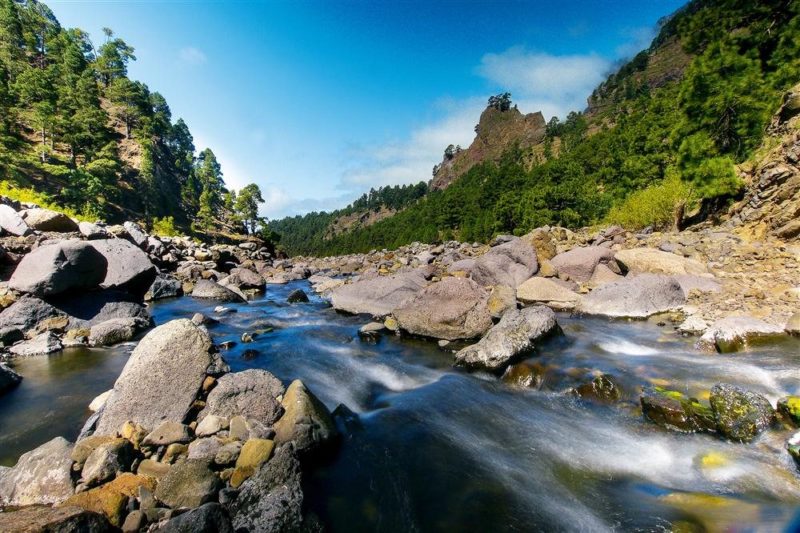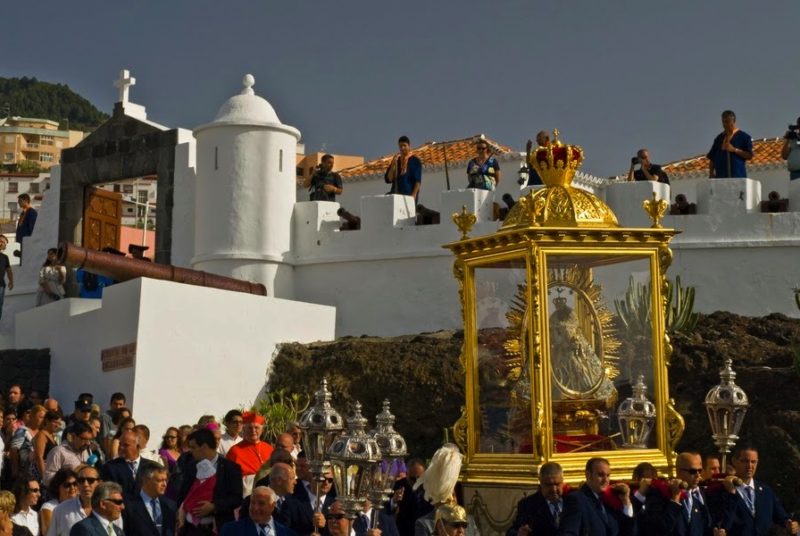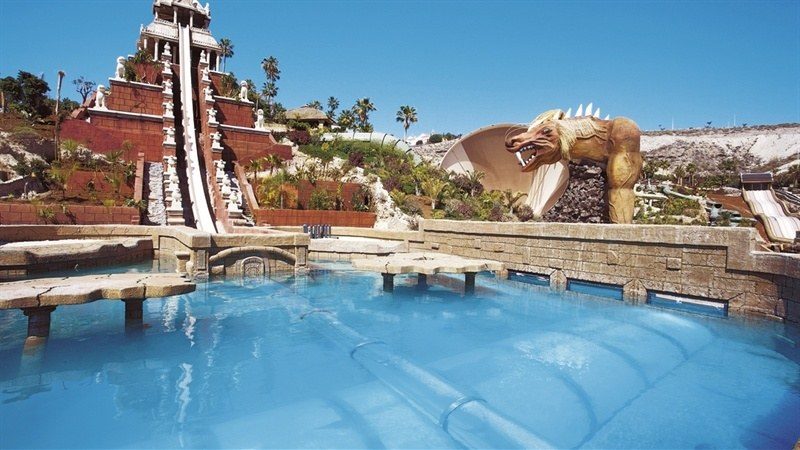Halloween with its pumpkins, costumes and so on has become very popular among the population of the Canary Islands. But also before that they had their own traditional celebration the night before All Saints’ Day (the 31st October) – the “Fiesta de los Finados”. Children went from house to house asking for “santos” (“saints”, referring to dried fruits). In the evening the family would come together, eat roasted chestnuts, sweets called “huesos de santo” (“Bones of The Saints”), drink anise and honey rum and share anectdotes about dead members of the family. At night there would be dance and music around the town. Nowadays the tradition of the “Finados” is still alive in a few towns on Tenerife and Gran Canaria, like San Mateo, Santa Brígida, Vega de San Mateo and Vegeta.
Halloween con sus calabazas, disfraces y demás ha alcanzado una gran popularidad en las Islas Canarias. Pero antes los canarios tenían su propia fiesta popular, celebrada la noche antes del Día de Todos los Santos (el 31 de octubre) – la Fiesta de los Finados. Los niños iban de casa a casa pidiendo santos (refiriéndos a frutos secos y otras golosinas). Por la tarde las familias se reunían para comer castañas asadas, los dulces huesos de santos, beber anís y ron miel y contar anécdotas sobre los miebros de la familia que ya habían muerto. Por la noche había música y bailes en los pueblos. Hoy en día la tradición de los “Finaos” se mantiene viva sobre todo en algunos pueblos de Tenerife y Gran Canaria, como San Mateo, Santa Brígida, Vega de San Mateo y Vegeta.
Halloween mit seinen Kürbisköpfen, Kostümen und so weiter ist inzwischen sehr beliebt auf den Kanarischen Inseln. Aber auch vorher hatten die Bewohner der Kanaren ihr eigenes traditionelles Fest, das an dem Tag vor Allerheiligen (am 31. Oktober) stattfand – die “Fiesta de los Finados”. Die Kinder liefen von Haus zu Haus und baten um “santos” (“Heilige”, hiermit waren Nüsse gemeint). Am Nachmittag kam die ganze Familie zusammen um geröstete Kastanien und die Süßigkeit “Huesos de Santos” (“Knochen der Heiligen”) zu essen, Anis und Honigrum zu trinken und Anekdoten über die verstorbenen Familienmitglieder zu erzählen. Nachts gab es Tanz und Musik in den Dörfern. Heuzutage werden die “Finados” noch in einigen Dörfern auf Teneriffa und Gran Canaria gefeiert, zum Beispiel in San Mateo, Santa Brígida, Vega de San Mateo und Vegeta.
View Post




